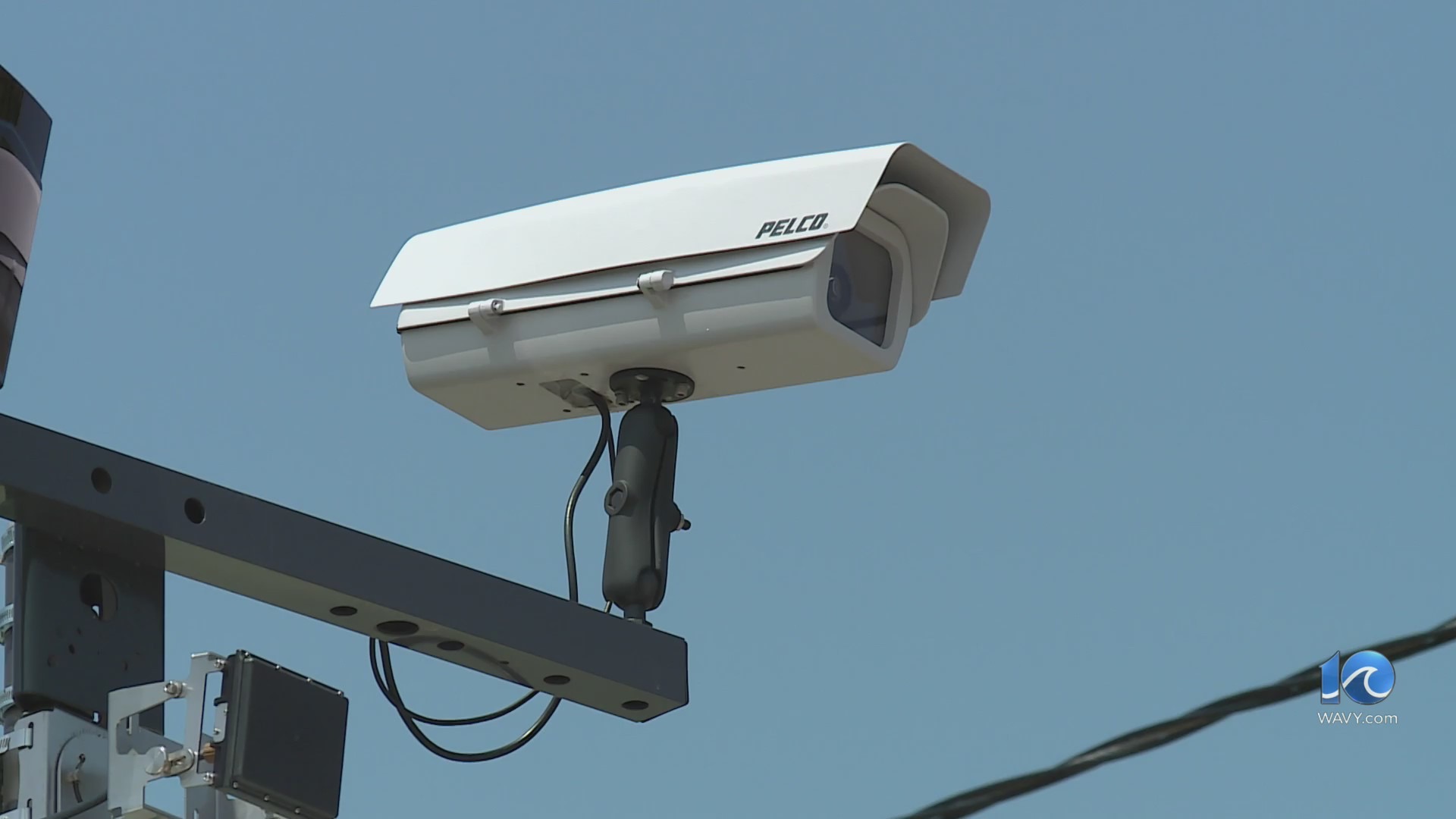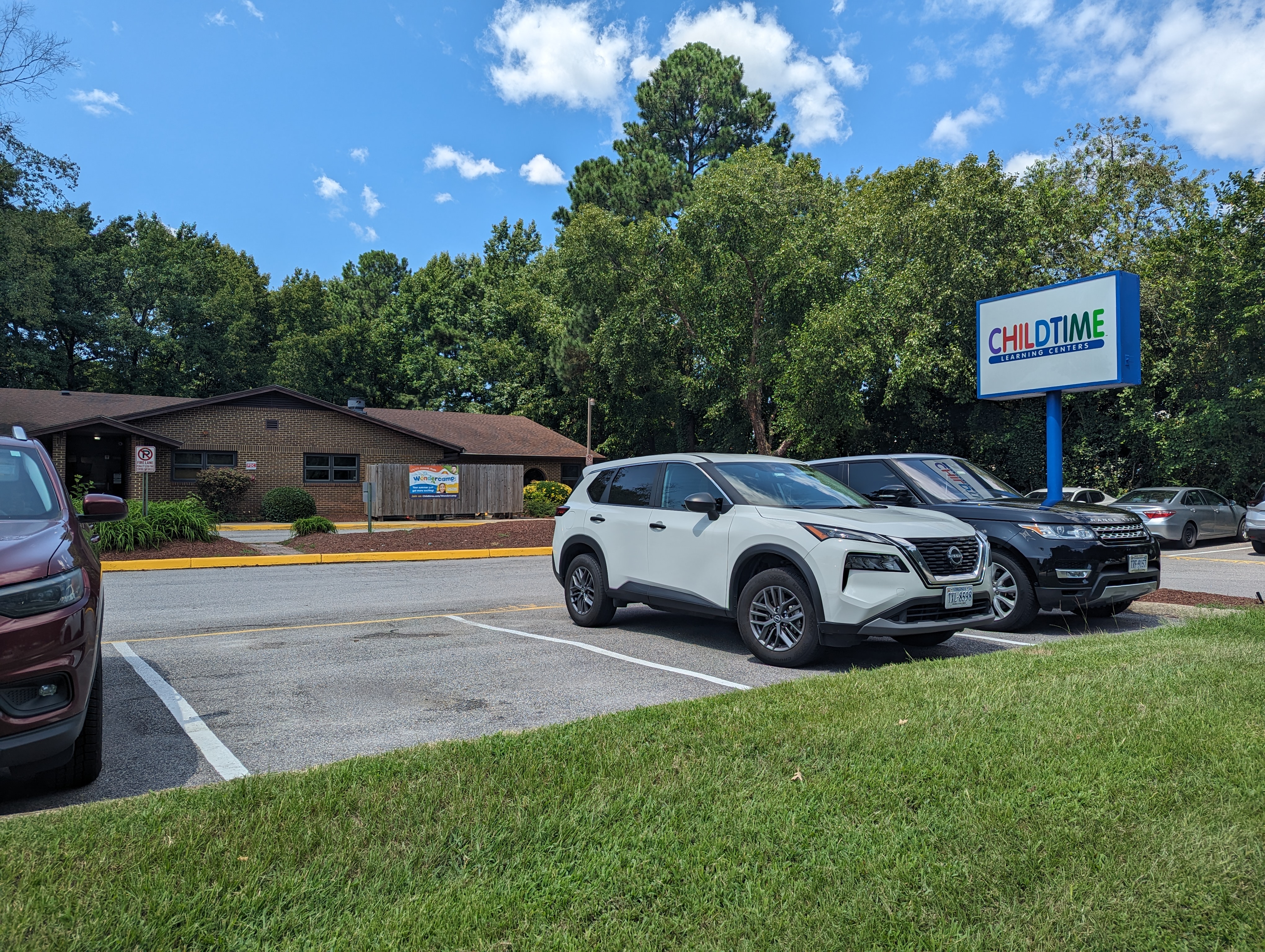More than two dozen journalists have been injured or roughed up while covering protests against immigration raids in Los Angeles, leading press freedom groups to question whether law enforcement has been deliberately targeting reporters on the story.
Journalists have been pelted with rubber bullets or pepper spray, including an Australian TV reporter struck while doing a live shot and a New York Post reporter left with a giant welt on his forehead after taking a direct hit. A CNN crew was briefly detained then released on Monday night.
The advocacy group Reporters Without Borders said there have been at least 31 attacks on journalists — 27 from law enforcement — since the demonstrations started.
The Committee to Protect Journalists, the First Amendment Coalition and Freedom of the Press Foundation were among the groups to express concern to Secretary of Homeland Security Kristi Noem. In a letter, they said “federal officers appear to have deliberately targeted journalists who were doing nothing more than their job covering the news.”
Noem hasn’t replied, David Loy, legal director of the First Amendment Coalition, said Tuesday. A Noem spokesperson didn’t have an immediate comment for The Associated Press.
Experts say the apparent hostility toward journalists, or a disregard for their role and safety, became particularly apparent during demonstrations following the death of George Floyd in 2020. A troubling indication of a decline in press freedom is the rapid escalation of threats journalists face in the United States, said Bruce Shapiro, executive director of the Dart Center for Journalism and Trauma at Columbia University.
While most journalists covering wars receive training and safety equipment, it is apparent that many — particularly freelancers — don’t have similar protection when assigned to events like the Los Angeles demonstrations, he said.
“It’s not like covering a war zone,” Shapiro said. “But there are some very specific skills and strategies that people need to employ. The First Amendment is only as strong as the safety of the journalists covering these events.”
On Sunday, Australian journalist Lauren Tomasi was shot in the leg by a rubber bullet while reporting live, with a microphone in her hand, from protests in downtown Los Angeles. Widely circulated video shows her crying out in pain and clutching her lower leg as she and her camera operator quickly move away from a police line. She told 9News later that she was safe and unharmed.
New York Post photographer Toby Canham was overlooking the 101 freeway when he was hit. He spent Monday in the hospital with whiplash and neck pain, and left with a red mark on his forehead. Shortly before he was shot, he said he saw someone throwing a water bottle with liquid at authorities.
“I completely understand being in the position where you could get injured,” Canham said. “But at the same time, there was no justification for even aiming the rifle at me and pulling the trigger, so I’m a bit pissed off about that, to be honest.”
Ben Camacho, a reporter at the local news website The Southlander, reported being shot twice. “Unsure of what hit me both times but they hit like a sledgehammer and without immediate warning,” he wrote online. “Elbow is wrapped with gauze and knee is weak.”
Photojournalist Nick Stern was standing near some people waving a Mexican flags when he was shot in the thigh. He later had emergency surgery. “I thought it was a live round because of the sheer intensity of the pain,” he told the AP. “Then I passed out from the pain.”
Lexis Olivier-Ray of L.A. Taco, an alternative independent media platform, thought he was safely positioned with some television crews but instead had pepper balls shot at him. Some reporters may have taken less care: one posted a clip from film he shot about 10 yards (9.1 meters) from a police officer with a rifle pointed at him.
Not all of the incidents involved law enforcement. AP photographer Jae Hong was kicked and hit with sticks by protesters on Monday, his protective gear enabling him to escape injury. A Los Angeles TV reporter and her crew were forced away by demonstrators, one loudly yelling, “get out of here.”
CNN aired video of its correspondent, Jason Carroll, and his crew with their hands behind their backs being led away from a protest by officers. They were later released.
In many past conflicts, journalists had a measure of protection because opposing sides wanted them to record their side of the stories, Shapiro said. Now many journalists are seen as superfluous by people who have other ways of delivering their messages, or a target by those who want to spread fear, he said.
It illustrates the importance of proper training and protection, he said. For reporters in the middle of the story now, they should plan carefully — being aware of exit routes and safe zones, working in tandem with others and in constant communication with their newsrooms.
“We need everyone from major news outlets to television to citizen journalists,” he said. “We need them on the street. But we need them to be safe.”
___
AP correspondent Jake Offenhartz in Los Angeles contributed to this report. David Bauder writes about the intersection of media and entertainment for the AP. Follow him at http://x.com/dbauder and https://bsky.app/profile/dbauder.bsky.social






